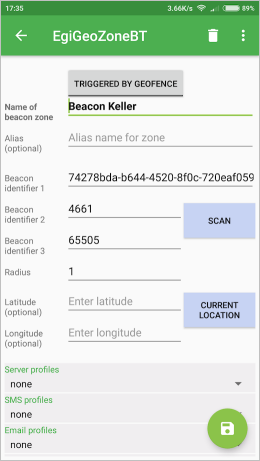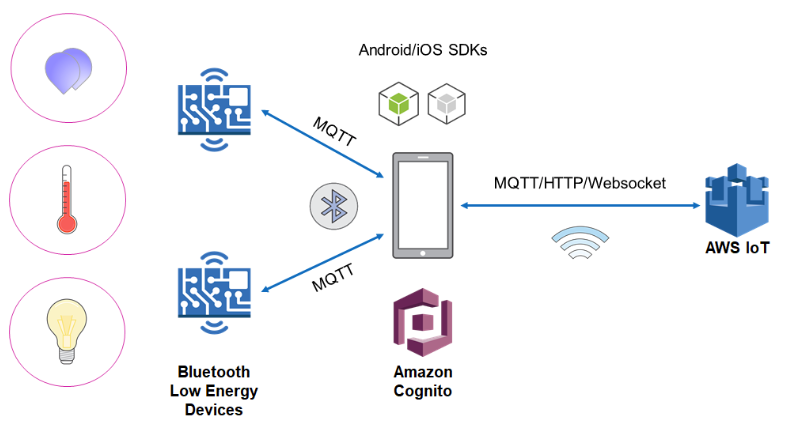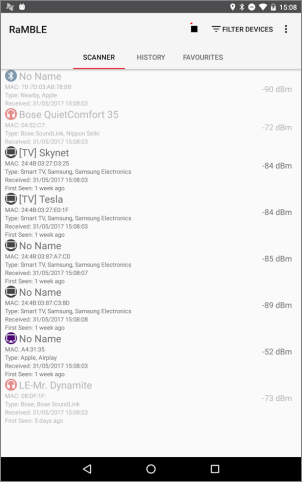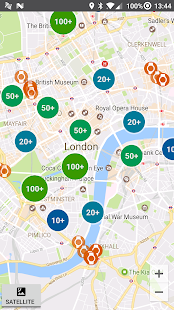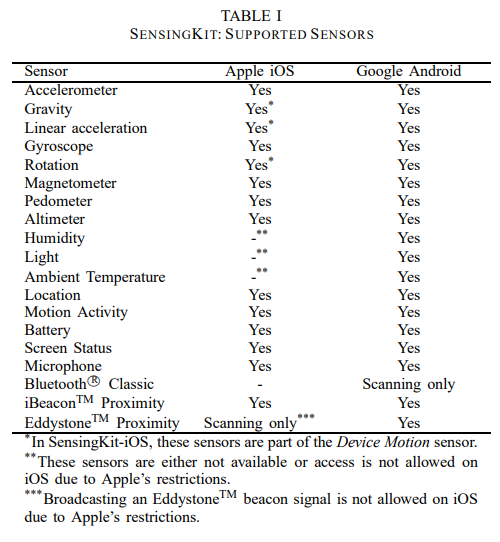People often come to us with the wrong impression how iBeacon apps can work. They think an app can sit in the background and suddenly come to the foreground when an iBeacon is detected. If you think about it, no 3rd party apps work like this, taking over your screen, and for good reason. It’s seen as intrusive by users and both iOS and Android prevent this. Instead, apps need to show a notification which, if tapped on, goes to the app or a screen within the app.
On iOS, apps don’t actually do the detecting of beacons. iOS detects beacons with ids that have been pre-declared by the app. When an app isn’t running, iOS starts the app for only a short time to allow it to show a notification.
On Android, prior to Android 8, you could have a background service scanning for beacons. However, Android has become more like iOS. Newer Android ‘Doze’ and background restrictions mean you have to use newer Bluetooth APIs to detect beacons when the app isn’t running.
